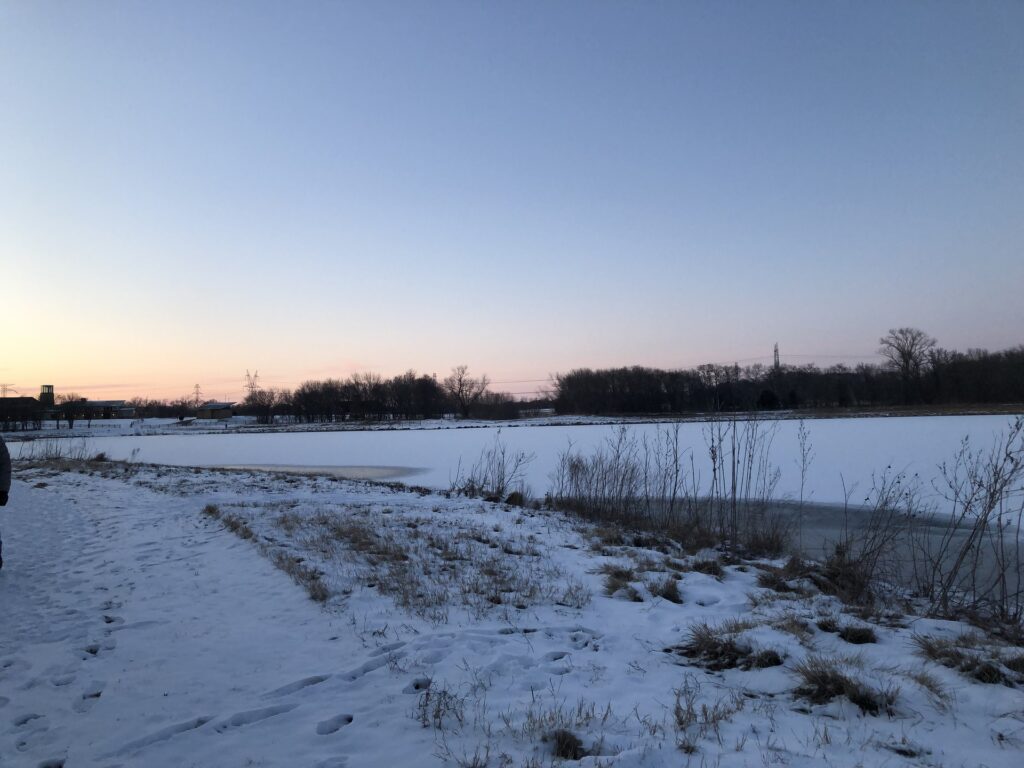A study led by the US National Center for Atmospheric Research (NCAR) has challenged a commonly accepted explanation that ‘sudden stratospheric warming’ caused the unusually cold weather over the USA in early 2021.
Instead, the research finds that the spike in temperature of the normally frigid air mass locked high above the Arctic on January 5, 2021, and the accompanying disruption of the polar vortex, did not significantly impact weather in the weeks that followed, including the unprecedented and brutal cold snap that gripped Texas that February.
NCAR said that the findings are valuable for scientists working to extend weather forecasts beyond today’s two-week window and who are increasingly focused on events in the stratosphere as possible sources of longer-term predictability. Sudden stratospheric warmings, for example, occur on average every other year during winter, and in the month that follows, a predictable pattern of weather tends to unfold, including cold air outbreaks in the USA. However, the mechanism that might connect the events is not well understood.
For the new study, a team of scientists led by NCAR used a sophisticated Earth system model to analyze the sudden stratospheric warming that occurred on January 5 and its potential impacts. Using a new method to assess causality, they found that while the subsequent weather did indeed match the expected pattern, the sudden stratospheric warming itself was not likely the cause.
Nicholas Davis, study lead and NCAR scientist, said, “The mechanisms for how these layers of the atmosphere interact are probably more nuanced than we’re giving them credit for, and that’s important for making better forecast models. Once you know the mechanism, you can model it better.”
For the new study, the researchers dug into the connections between the stratosphere and troposphere using the NCAR-based Community Earth System Model version 2 (CESM2) configured with an atmospheric component called the Whole Atmosphere Community Climate Model (WACCM).
To start, the team kicked off the model using the atmospheric conditions present in both the stratosphere and the troposphere on January 4, 2021, the day before the sudden stratospheric warming took place. This “standard forecast” did an excellent job of capturing the weather that actually occurred over the following four weeks.
Then the team ran three more forecasts. In one forecast, the troposphere was “scrambled,” meaning the conditions in the troposphere did not match the actual weather observations from January 4, 2021. In a second forecast, the stratosphere was scrambled, which removed the sudden stratospheric warming from the forecast.
The scrambling experiments showed that the initial state of the stratosphere had no impact on the weather in the two weeks after the sudden stratospheric warming, and only a minor impact nearly one month later, when the stratosphere acted to sustain the expected weather patterns. Instead, the initial state of the troposphere was the primary driver.
“I think everyone imagined that a pinball is shot up from the troposphere, hits the polar vortex, and breaks it apart,” Davis said. “And then another pinball shoots back down and changes the weather. But this study shows that it’s not so simple. I think it possible that the events in the troposphere and the stratosphere are feeding back on one another and reinforcing what’s happening.”
To view the complete study published in the journal Nature Communications, click here.



